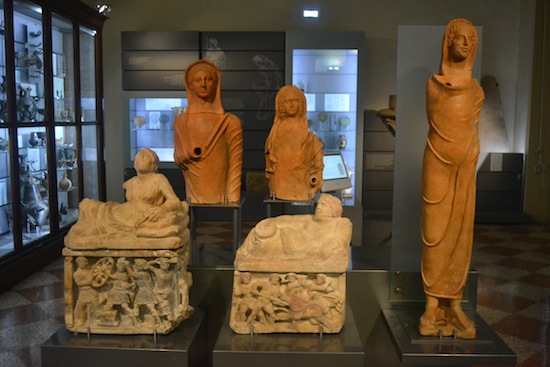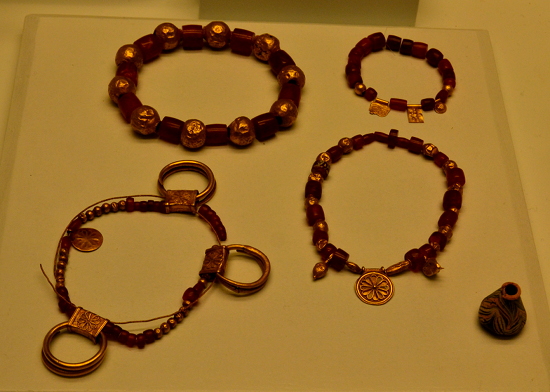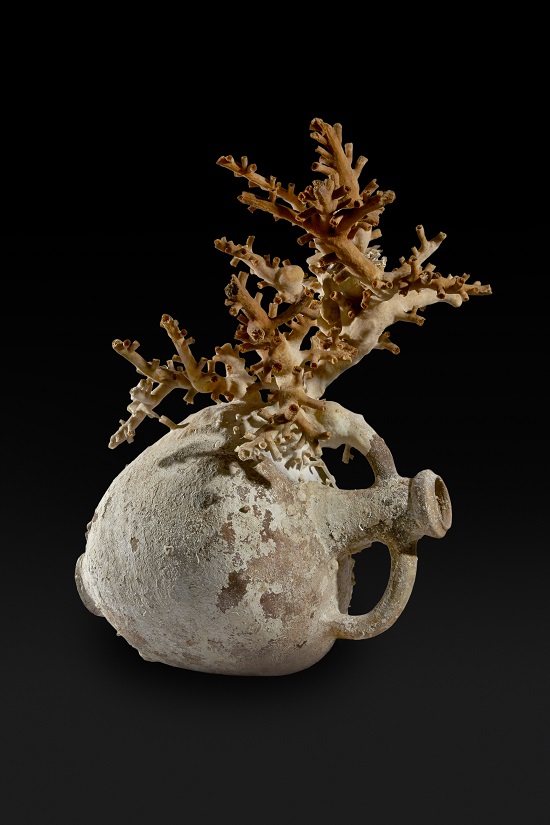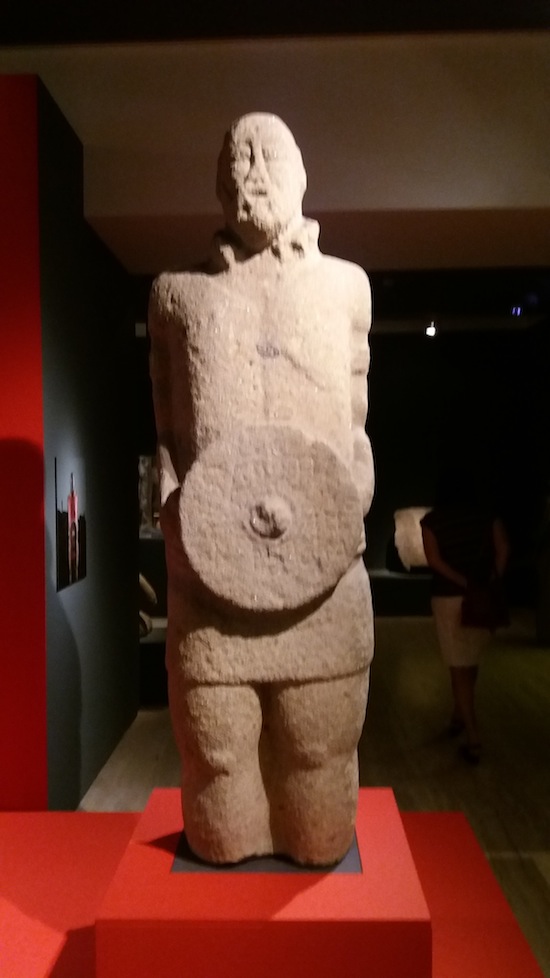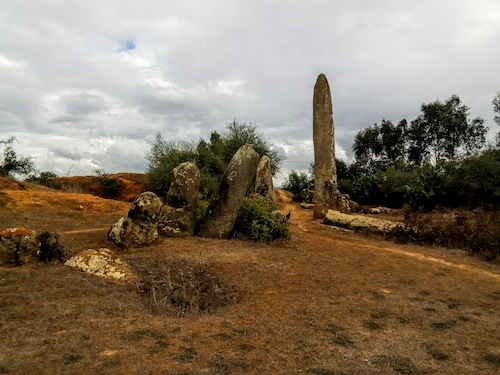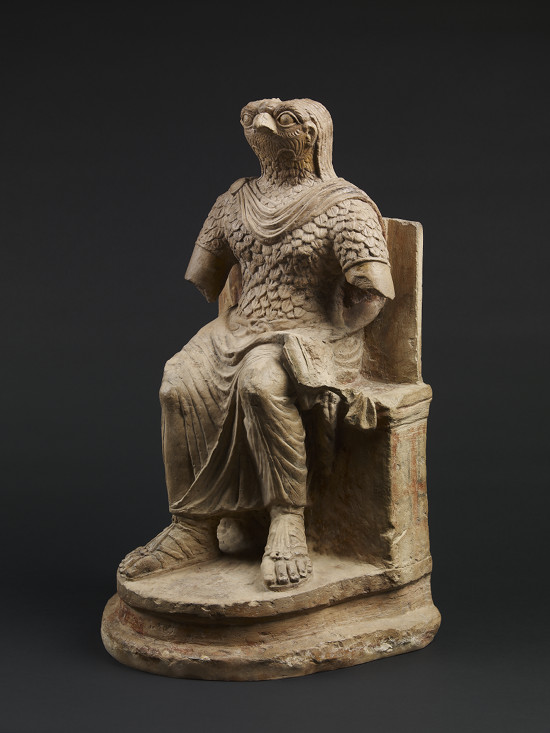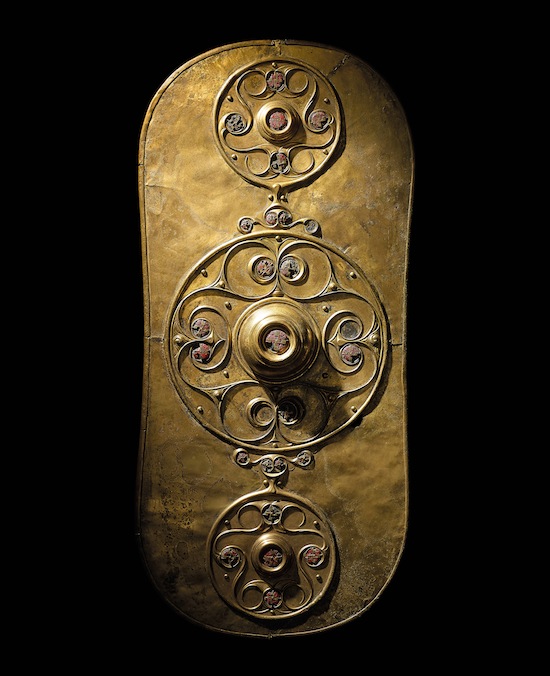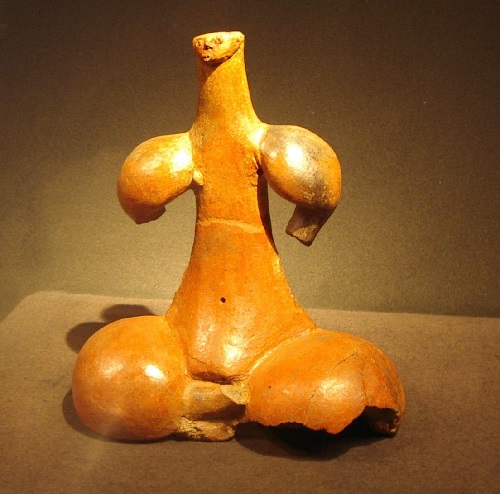King Tut’s Treasure: The Items You Don’t Usually See
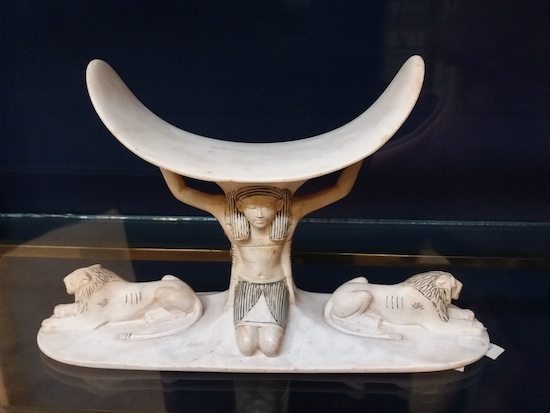
Ivory headrest. This is used as a pillow in many African
cultures if you want to preserve your hairdo. How you’re
supposed to actually get any sleep is beyond me
King Tutankhamun (1336-1327 BC) was a short-lived 18th dynasty pharaoh who was obscure and little studied by egyptologists until Howard Carter discovered his nearly intact tomb in 1922. Since then his most elaborate burial goods have been photographed countless times, and the whole world is familiar with images of his famous death mask, sarcophagi, and other golden treasures.
But these are only a small fraction of all the finds in the tomb. A total of 5,398 artifacts were retrieved, and on a recent visit to the Egyptian Museum during a writing retreat in Cairo, I had the privilege to see some of the ones not often reproduced in books.
